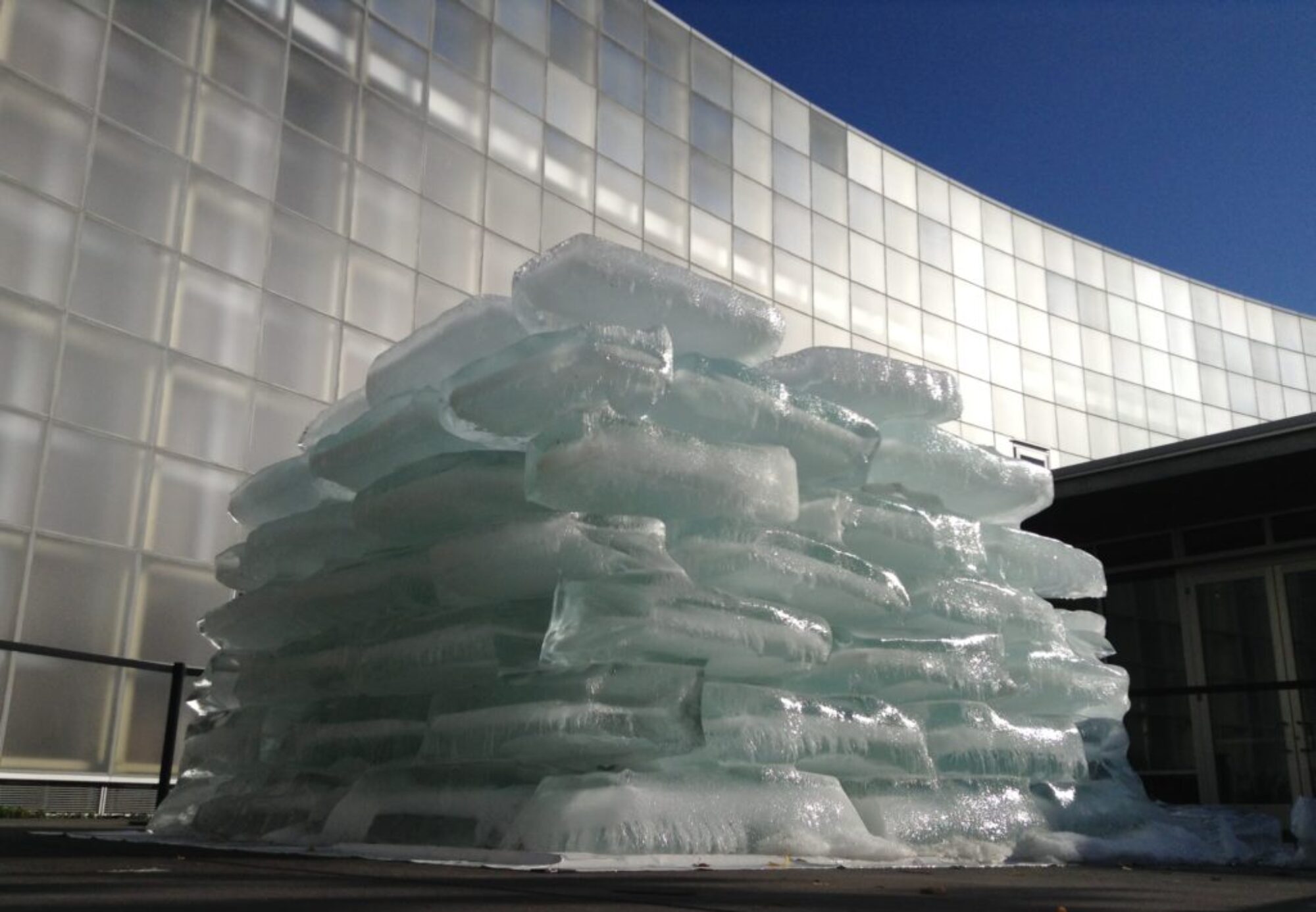Jyoti later collaborated with the mayor of Kathmandu and the Parphing Village Council to develop two separate public parks, “Shantiko Samjhana – Remembering Peace” in the city and countryside. Within the context of these site-specific interventions that restored habitats through multidisciplinary art-making, Jyoti continued the direction forged by his father and grandfather.
Both men were activists who lived with their families in exile in Darjeeling and Varanasi, India. At a great personal cost measured in years of incarceration, they spread the message of freedom and social change that inspired generations of Nepali people. Jyoti’s installation promoting peace during the Maoist insurgency in Nepal, “Value: Measuring the Cost of Violence” (2001), directly builds on this progressive tradition.

In 1996, Jyoti moved to Chapel Hill, North Carolina, where he began working with red clay found along the shore of Kerr Lake. When dried, ground, and mixed with gum Arabic, it’s deep earth tones perfectly complemented the handmade paper that he brought home from Nepal. He supplemented his palette with pigments collected on journeys through the Himalayas, Death Valley, and the Kootenay River Valley. Friends soon began contributing earth from distant lands, which Jyoti brushed, rubbed, and scraped into linen canvas that hung unframed like a Tibetan tanka.
In 2006, Jyoti began re-contextualizing functional objects into artworks by shaping large bamboo mats used for drying grains in Nepal. Taking cues from the flexible woven fibers, he configured graceful and bold origami-like shapes. Jyoti also layered beeswax into sculptures constructed from large cane baskets in response to the collapse of honey bee colonies. It’s smooth, aromatic properties convey a sense of healing.

Jyoti integrated many of these mixed media works into his multi-sensory installations at the Sundaram Tagore Galleries in New York and Hong Kong. In “Red Earth-Vanishing Ice” (2008), he addressed climate change and the global scarcity of water. In 2012, Jyoti interpreted China’s traditional connection to earth, water, fire, metal and wood in “Wu Xing – Five Elements,” which ushered in the Year of the Dragon in Hong Kong and was reviewed in Asian Art News magazine.








